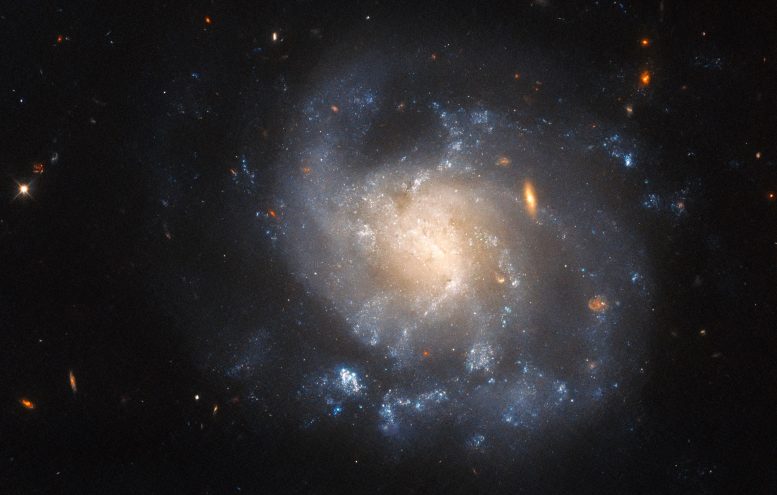
The Hubble Space Telescope captured this stunning image of the galaxy IC 1776, located over 150 million light-years away in the constellation Pisces. Credit: ESA/Hubble & NASA, A. Filippenko
The Hubble Space Telescope photographed the isolated galaxy IC 1776, which was recently the site of a supernova. The aftermath of this explosion has been studied by Hubble to understand the origins of such events.
The swirls of the galaxy IC 1776 stand in splendid isolation in this image from the NASA/ESA Hubble Space Telescope. This galaxy lies over 150 million light-years from Earth in the constellation Pisces.
Recently, IC 1776 played host to a catastrophically violent explosion — a supernova — which was discovered in 2015 by the Lick Observatory Supernova Search, a robotic telescope that scours the night sky in search of transient phenomena such as supernovae. Automatic robotic telescopes are spread out in a network across the globe, operated by both professional and amateur astronomers, and, without human intervention, reveal short-lived astronomical phenomena such as wandering asteroids, gravitational microlensing, or supernovae.
Hubble investigated the aftermath of the supernova SN 2015ap during two different observing programs, both designed to comb through the debris left by supernovae explosions in order to better understand these energetic events. A variety of telescopes automatically follow up the detection of supernovae to obtain early measurements of these events’ brightnesses and spectra. Complementing these measurements with later observations which reveal the lingering energy of supernovae can shed light on the systems which gave rise to these cosmic cataclysms in the first place.


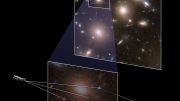
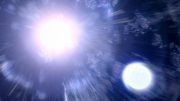
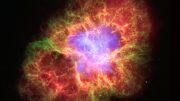

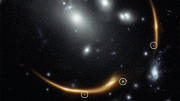
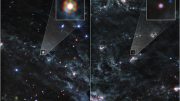
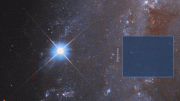
There would be some interesting details that could be had from a brief check of the observations. For instance, optimistically, this supernova would affect about 8 light years around itself, in a galaxy 150M light years away. Thats a really small angular size to be observing: 1/20M.
I assume the observations are of spectra because I cant expect something so small in angular distance would lend itself to observation, can it?